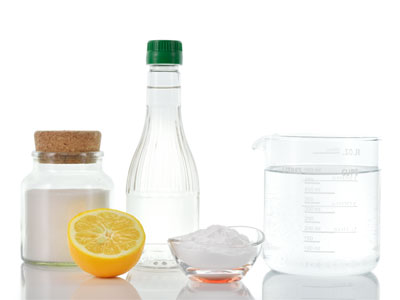Is there a difference between baking powder and baking soda?
How does this align with my curriculum?
AB
11
Knowledge and Employability Science 20-4 (2006)
Unit A: Applications of Matter and Chemical Change
BC
10
Science Grade 10 (March 2018)
Big Idea: Energy change is required as atoms rearrange in chemical processes.
BC
12
Chemistry 12 (June 2018)
Big Idea: Acid or base strength depends on the degree of ion dissociation.
NU
11
Knowledge and Employability Science 20-4 (Alberta, 2006)
Unit A: Applications of Matter and Chemical Change
NU
12
Chemistry 30 (Alberta, 2007, Updated 2014)
Unit D: Chemical Equilibrium Focusing on Acid-Base Systems
NU
10
Science Grade 10 (British Columbia, June 2016)
Big Idea: Energy change is required as atoms rearrange in chemical processes.
ON
10
Science Grade 10 Applied (SNC2P)
Strand C: Chemical Reactions and Their Practical Applications
YT
11
Chemistry 11 (British Columbia, June 2018)
Big Idea: Matter and energy are conserved in chemical reactions.
YT
12
Chemistry 12 (British Columbia, June 2018)
Big Idea: Acid or base strength depends on the degree of ion dissociation.
NT
11
Knowledge and Employability Science 20-4 (Alberta, 2006)
Unit A: Applications of Matter and Chemical Change
